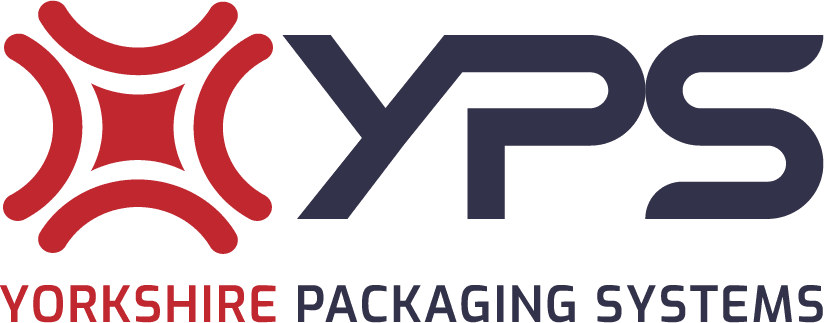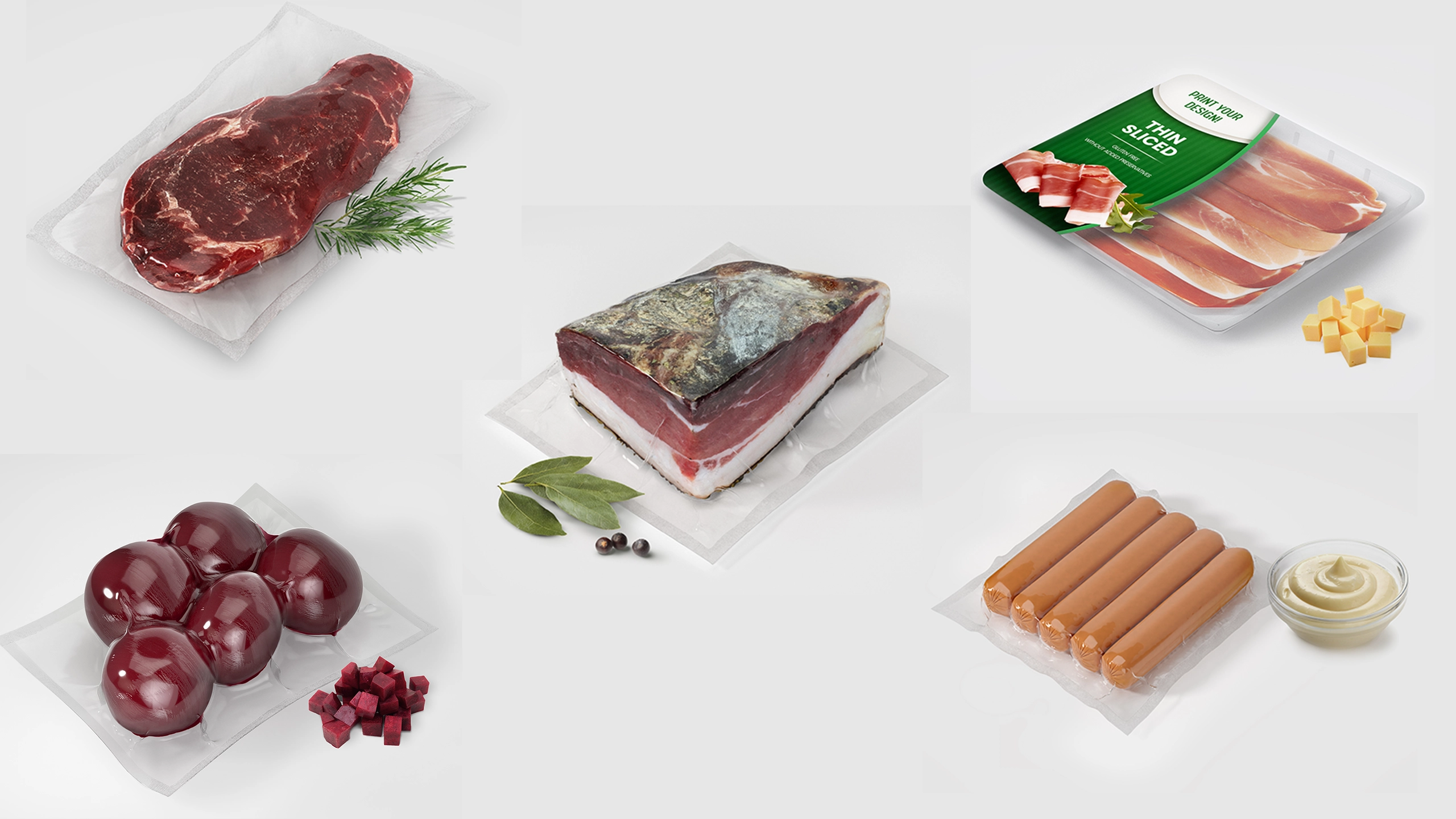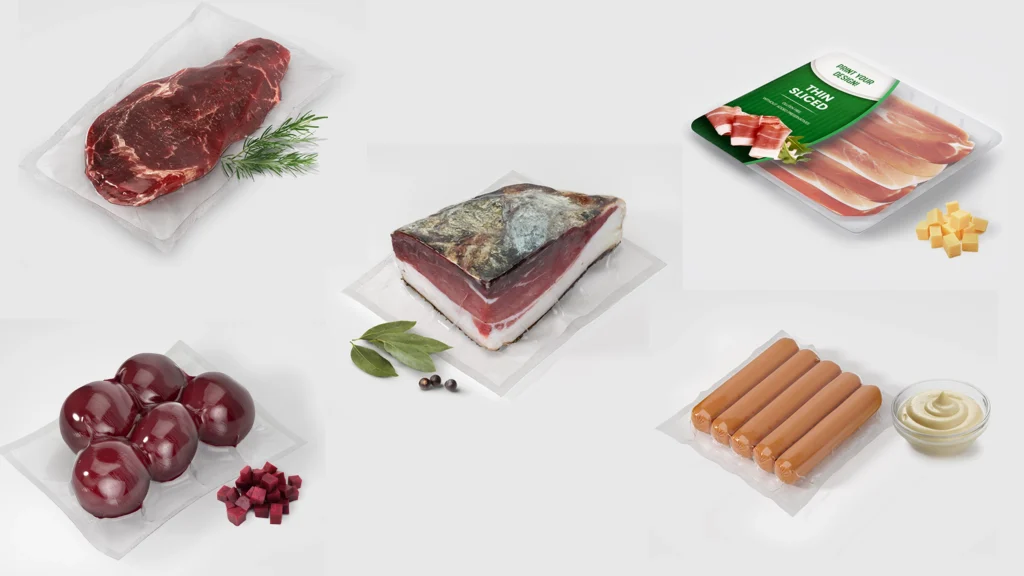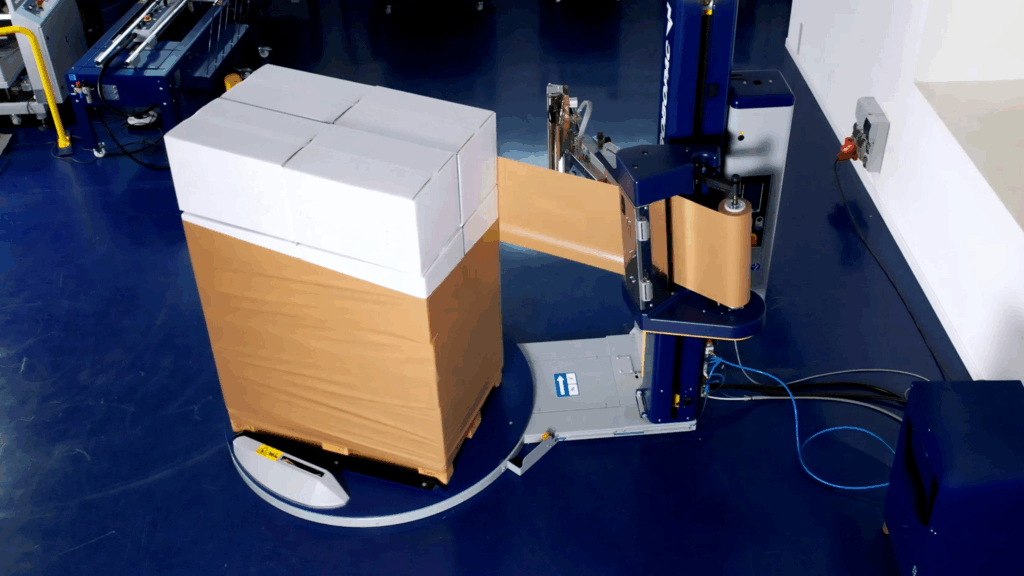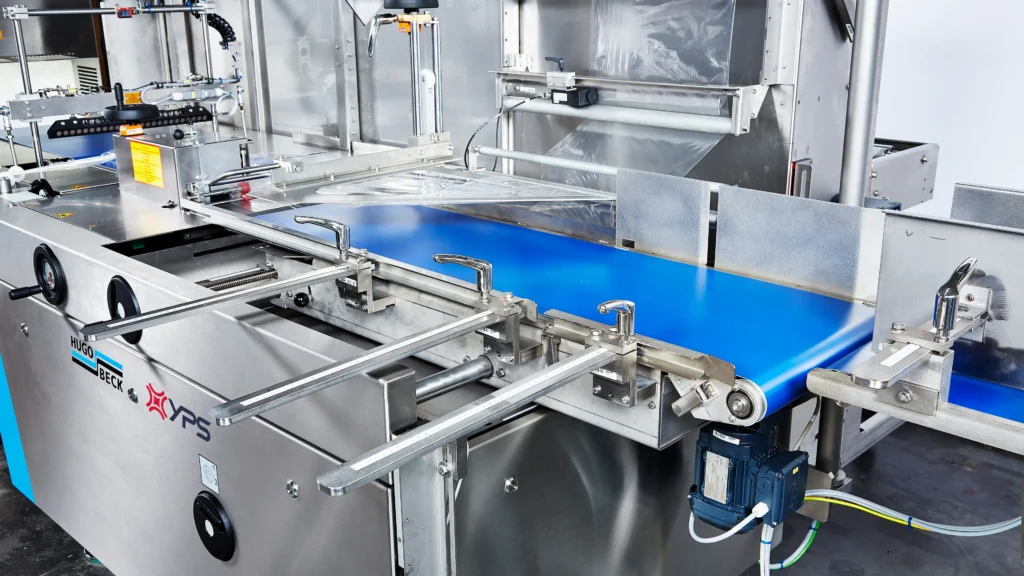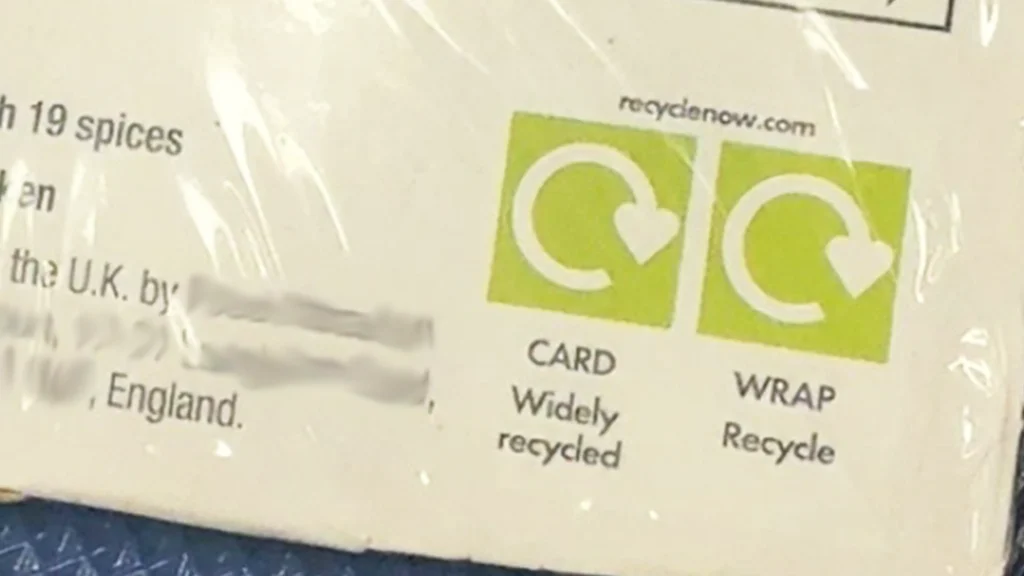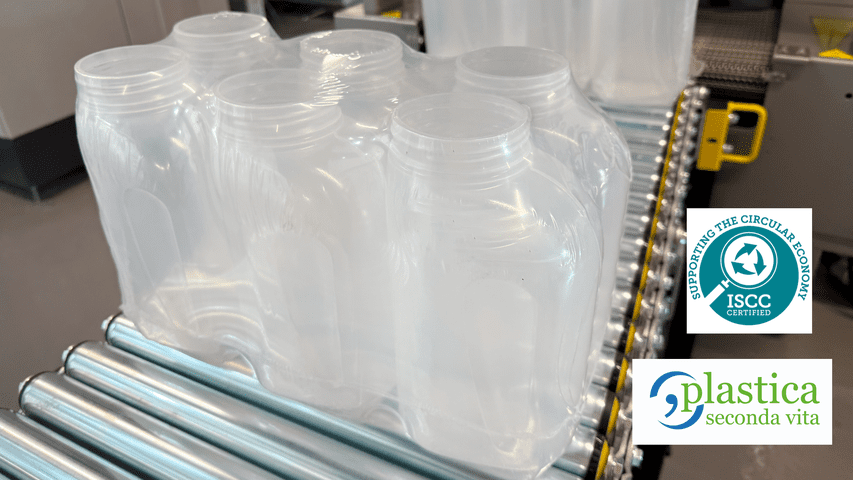Maintaining product freshness, extending shelf life and reducing waste are three of the biggest challenges in today’s competitive food production industry. One technology that has become central to achieving these goals is modified atmosphere packaging (MAP). This advanced packaging method replaces the air inside a pack with a controlled mixture of gases designed to slow down spoilage and preserve product quality.
What is Modified Atmosphere Packaging?
Modified Atmosphere Packaging is a packing process where the air inside a sealed pack is replaced with a specified gas mixture. These gases each play a clear role:
- Carbon dioxide (CO₂) inhibits the growth of mould and aerobic bacteria.
- Nitrogen (N₂) is an inert filler gas used to prevent package collapse.
- Oxygen (O₂) may be included in specific applications—such as red meats—to maintain colour and freshness.
By adjusting the gas mixture to each product, manufacturers can significantly extend shelf life without the need for preservatives, supporting cleaner labelling and higher product quality.
The Benefits of Modified Atmosphere Packaging
Modified atmosphere packaging offers a range of advantages across the food production and retail supply chain.
- Extended Shelf Life – By slowing microbial growth and oxidation, MAP keeps products fresher for longer, reducing spoilage and enabling wider distribution without compromising quality.
- Preservation of Appearance, Texture and Flavour – The controlled gas mix maintains the natural colour of meats, the crispness of produce and the flavour integrity of baked goods—helping products look and taste their best on the shelf.
- Reduction in Food Waste – Longer shelf life means fewer expired products and less waste for manufacturers, retailers and consumers, supporting sustainability goals and cost efficiency.
- Cleaner Labels and Fewer Additives – Because MAP slows spoilage naturally, manufacturers can avoid or reduce the use of chemical preservatives—aligning with consumer demand for more natural, “clean label” products.
- Enhanced Supply Chain Flexibility – Extended freshness windows allow producers to streamline logistics, export to new markets, and optimise stock management with less pressure on immediate delivery timelines.
- Improved Brand Perception – Consistent product quality and reduced waste contribute to stronger consumer trust, enhancing a brand’s reputation for freshness and sustainability.
What Machinery is used to create MAP?
Many of the shrink-wrapping machine models in our range can be adapted to create modified atmosphere packaging. The standard sealing jaw would be replaced by one that creates a hermetic seal and a gas flushing unit would be added. Typical MAP equipment includes:
- Tray sealers for pre-formed trays and ready meals.
- Flow wrap machines for bakery items, meats and cheeses.
- Thermoforming equipment for replacing rigid plastics.
- Vacuum packaging systems with gas injection for bulk or high-value products.
These machines integrate gas mixing and monitoring systems to ensure consistent, precise atmospheres that meet food safety and quality standards.
Suitable Materials for MAP
The success of modified atmosphere packaging also depends on the choice of flexible packaging materials. Films must provide an effective barrier against gas transmission and moisture while maintaining clarity and seal integrity.
Common materials include multi-layer laminates combining polyethylene (PE), polypropylene (PP) and ethylene-vinyl alcohol (EVOH) layers. These structures can be customised to the product’s respiration rate and shelf-life requirements. It’s worth noting that, although these films can be structurally complex, we are still able to offer recyclable variants.
MAP films must be:
- Gas-tight, with the correct barrier properties
- Moisture-resistant
- Strong enough for reliable sealing
- Available in variants suited to different respiration rates
YPS holds a wide range of flexible packaging materials in stock at our UK warehouse. A huge variety of food contact approved films form part of this range, including many that are available with barrier options suitable for MAP applications. We offer 100% recyclable materials and many are available with high levels of recycled content, helping our customers to meet their sustainable goals.
How MAP Supports Quality, Efficiency and Sustainability
For buyers and operational managers in the food production industry, investing in MAP systems and compatible materials offers measurable returns: longer shelf life, fewer returns and improved consumer satisfaction. As sustainability and efficiency remain top priorities, modified atmosphere packaging continues to play a vital role in protecting both product integrity and brand reputation.
If you’d like to discuss your MAP application, please contact the YPS Team – we’d love to help you achieve your packaging goals.
